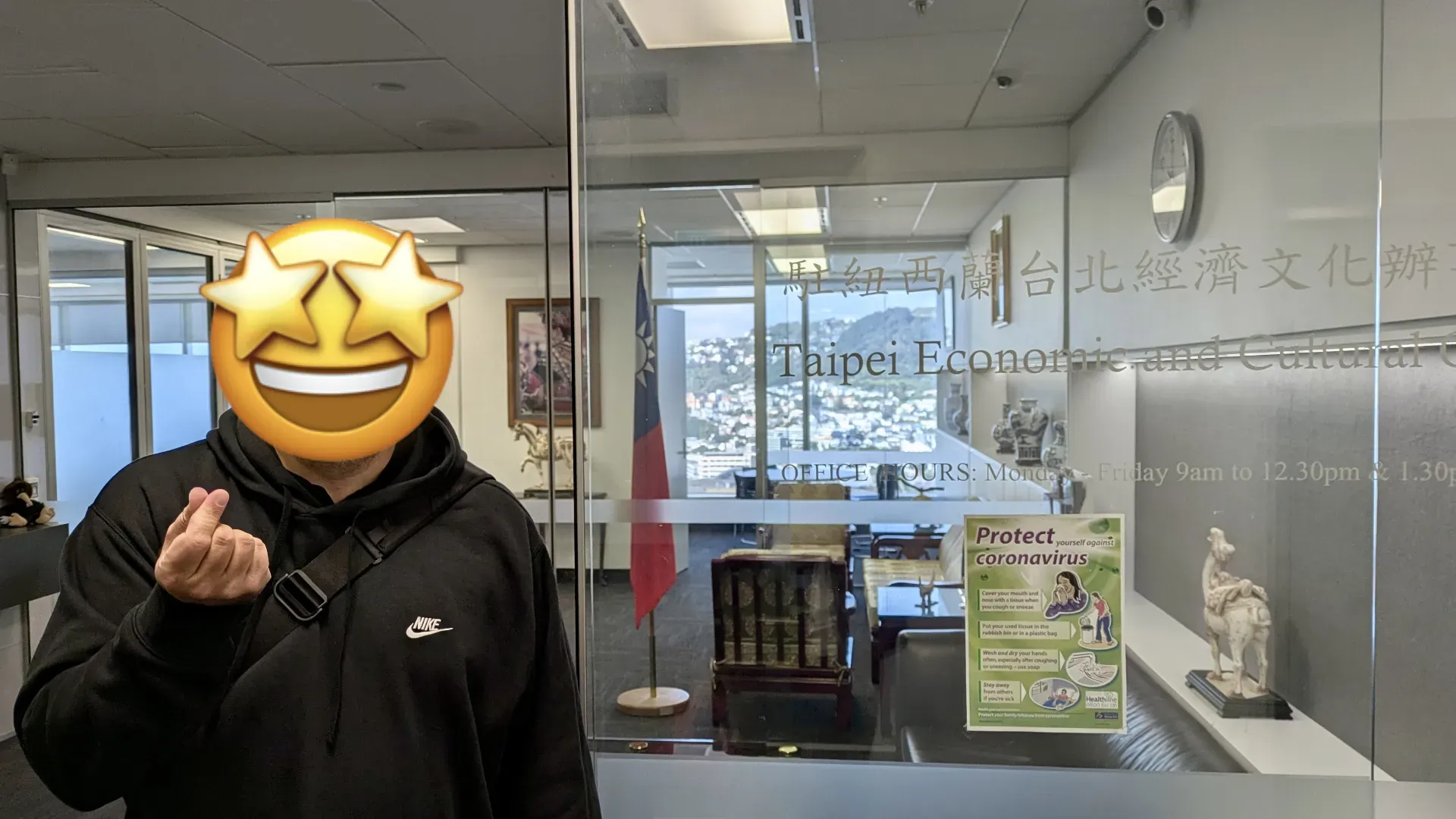On briefly returning to New Zealand
After nearly three years in Taiwan, I revisited my country of origin. These are my thoughts…
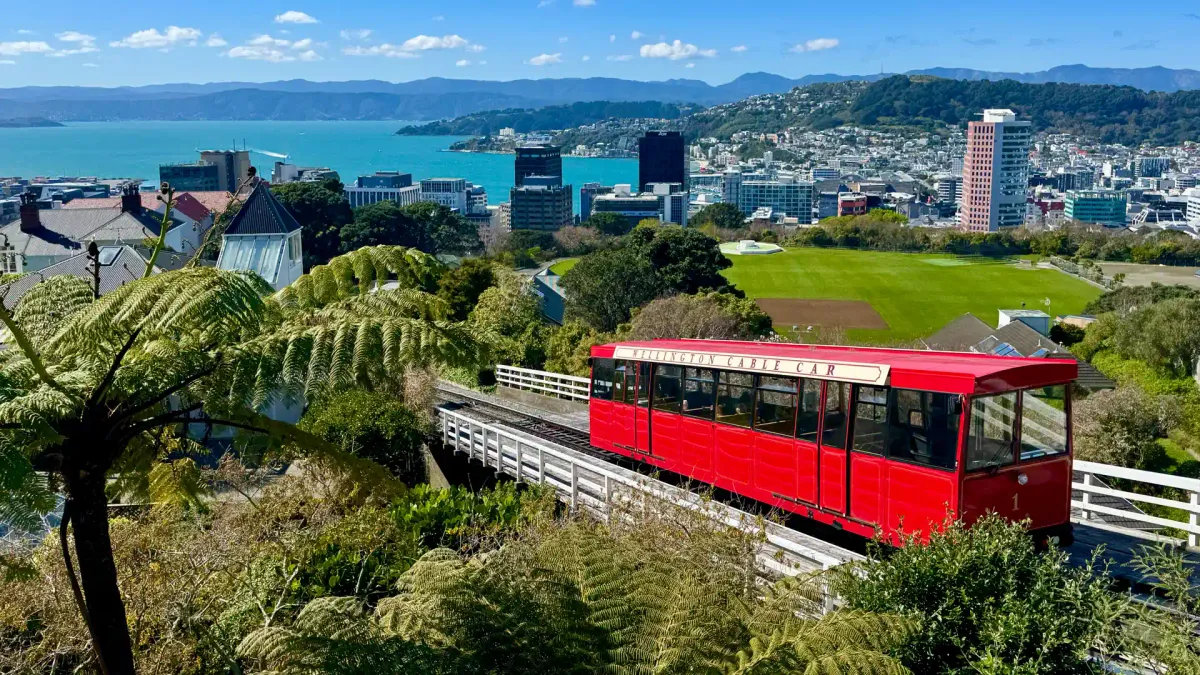
My friends’ (excellent) wedding was the catalyst for this trip. But to justify the cost of travel, I also took the chance to see family and introduce my partner to a different part of the world.
I had time to reflect on the differences between our two countries, and to think about what I left behind when I moved to Taiwan—for better and for worse.
Thoughts on New Zealand
Expensive, beautiful, and clean—in that order.
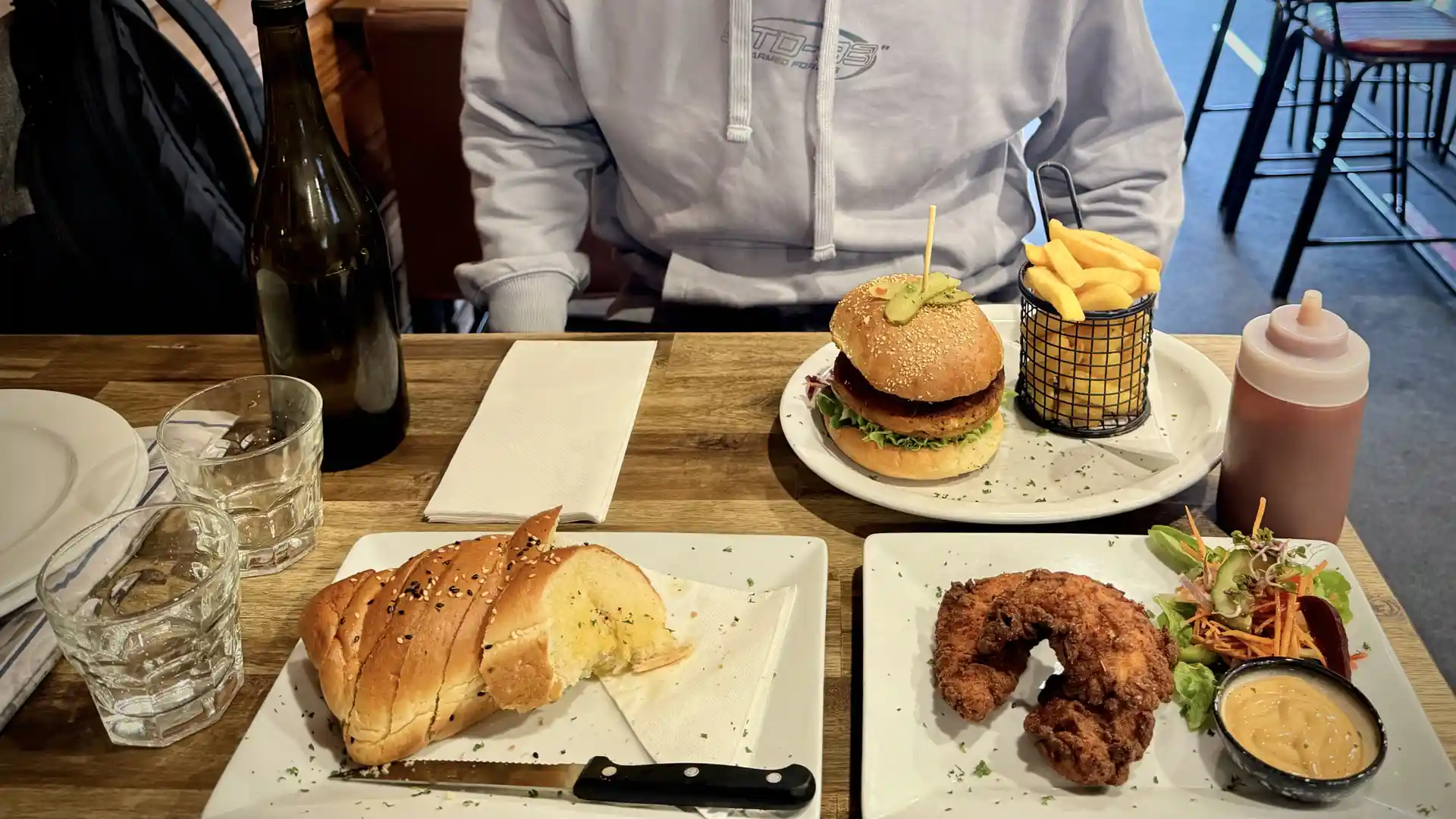
Expensive: The Economist, a magazine I read for free at Kaohsiung Public Library, is widely known for its Big Mac Index. It’s an informal way of assessing the cost of living in different countries by comparing the price of something that’s identical around the world: the McDonald’s Big Mac.
On Uber Eats in New Zealand, a Big Mac combo costs NZ$17 (NT$340), excluding delivery.
The same Uber Eats combo in Taiwan costs NZ$8.50 (NT$169). And although I don’t eat Big Macs, in Taiwan I could have one delivered for free.
But because many of us don’t buy Big Macs, we can use purchasing power parity (PPP) as a more precise way to compare the cost of living.
PPP adjusts an economy’s GDP to account for the relative purchasing power of its citizens.
Big Macs, for example, cost twice as much in New Zealand—but New Zealanders’ salaries aren’t twice that of Taiwanese. This kind of data feeds into the PPP calculations.
And it turns out that Taiwan is doing pretty well: it has the 13th best PPP in the world.
Meanwhile, New Zealand is in 39th place. That’s okay, relative to most of the world (if not the OECD). But even so, New Zealand’s PPP is still 34% lower than Taiwan’s.
This difference is keenly felt when it comes to food, electricity, and gas prices:
- In Taiwan, I often buy restaurant meals for around NZ$5 (NT$100). The restaurant meals I ordered in New Zealand cost 3× to 8× as much.
- Refueling our rental car cost us around NZ$2.50 (NT$50) per liter. If we’d been in Taiwan, it would’ve been NZ$1.35 (NT$27).
- In New Zealand, 1kWh of electricity costs around NZ$0.36 (NT$7.2). It costs NZ$0.19 (NT$3.8) in Taiwan.
And finally, a more extreme example. As mentioned above, the catalyst for our trip was my friends’ wedding. So before we left Taiwan, my partner bought me a suit—tailor-made in Tainan City—for NZ$240 (NT$4,800).
Meanwhile, the groom’s suit—tailor-made in New Zealand—cost literally 10× as much.
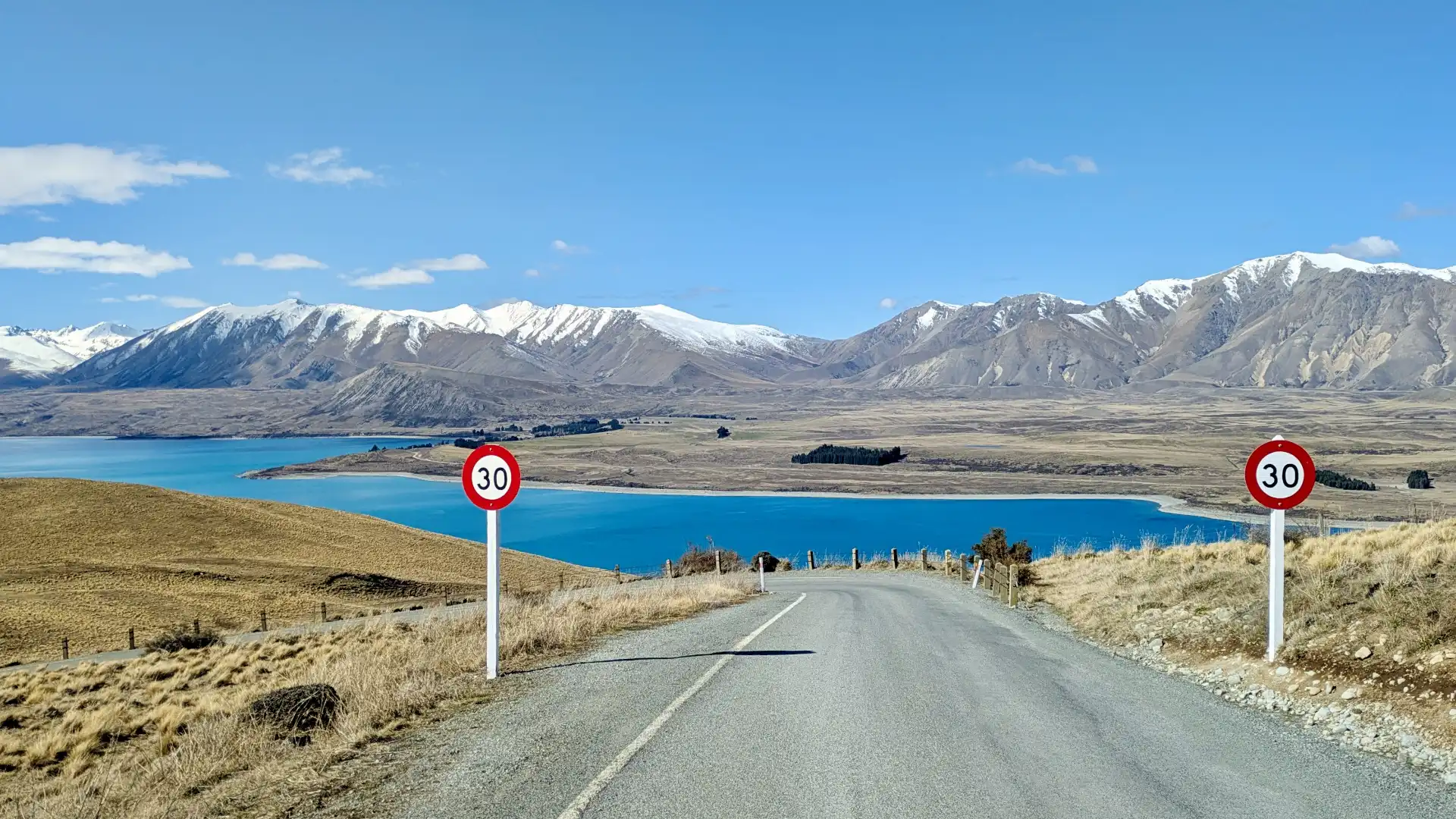
Beautiful: Taiwan and New Zealand are both stunning in parts. But natural scenery is more varied and more accessible in New Zealand, especially if traveling by car. This is particularly true in Te Waipounami / the South Island, where you can drive an hour in any direction for wildly different scenes.
We hiked in falling snow at Aoraki / Mount Cook, the day before we enjoyed the above view of Lake Tekapo just an hour down the road. We frequently passed green pastures and sandy beaches.
Vistas I previously felt were boring looked beautiful this time around. New Zealand does look pretty good.
Of course, Taiwan is full of mountainous forests, dramatic coastlines, and beachy islands. But New Zealand sees that—and raises it—with snowy mountains and clean air that makes everything pop.
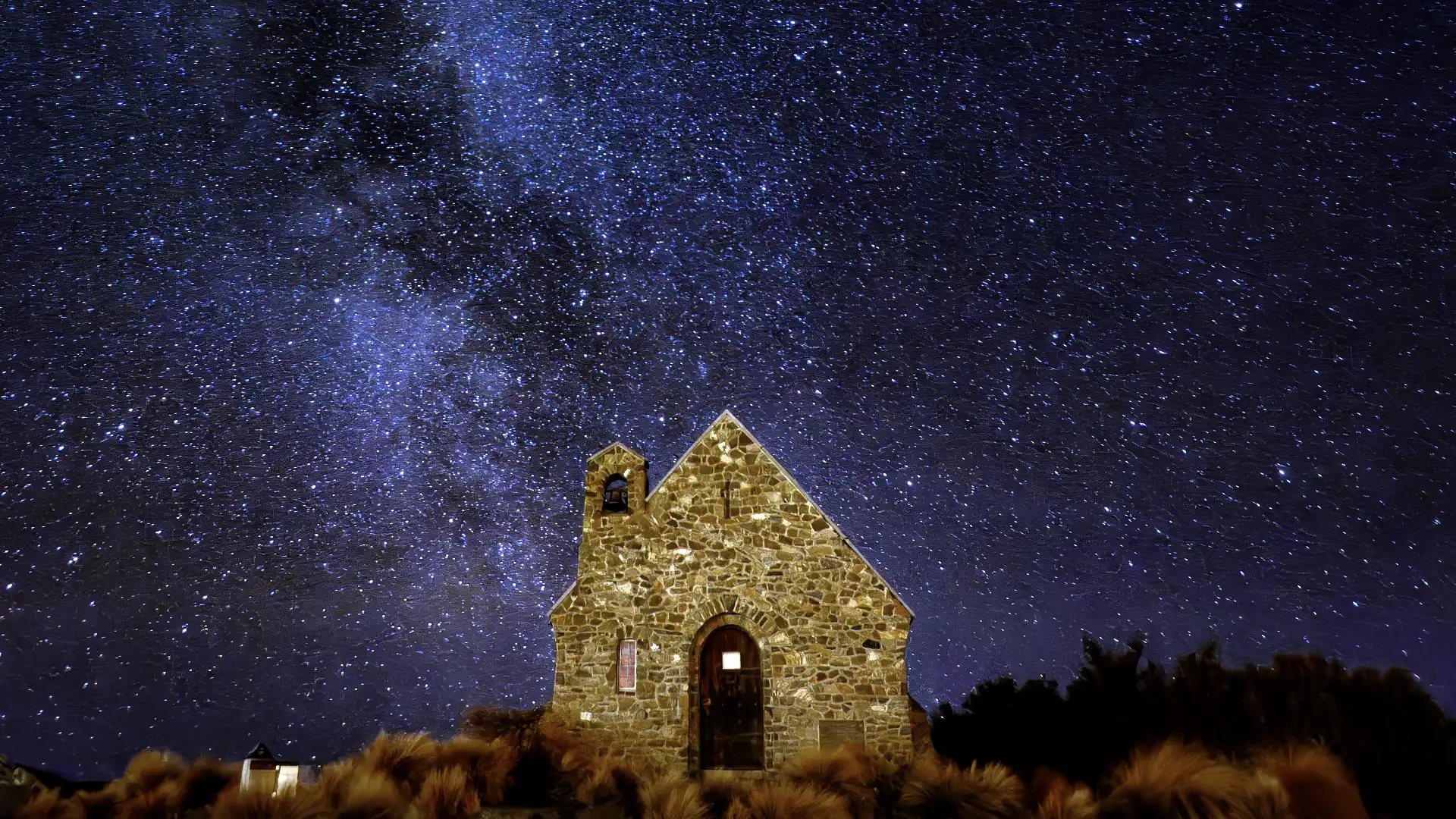
Clean: Perhaps the thing I miss most from New Zealand is the air.
As I type this, my former neighborhood in Dunedin has an air quality index of 8 (‘very good’). Here in Kaohsiung, right now it’s 45 (‘good’)—but in winter it often gets to over 100, which is noticeably ‘poor’.
Much of the pollution drifts in from China, so there’s nothing that can be done—other than checking the AQI widget on my phone and deciding whether or not to mask up.
I don’t mind wearing masks—they remain normal and socially acceptable here—but I feel dismayed when distant views become hazy and a blueish tinge flattens my photos.
A couple of weeks before traveling to New Zealand, I was shocked to see the Pingtung mountains from my apartment balcony. For more than two-and-a-half years, every time I’d looked east, they’d been blocked by the haze.
But things keep improving. Love River, which runs through the heart of Kaohsiung City, used to be so polluted that locals joked if you wanted to die, you didn’t need to jump in the river: you just needed to walk across a bridge.
But now it’s a clean, beautiful waterway that’s full of fish, Venetian-style gondolas, and—during Dragonboat Festival—dragonboats, too.
Thoughts on Taiwan
Compared to my former life in New Zealand, my life in Taiwan is comfortable, convenient, and safe. This sounds boring, but it means everything to me.
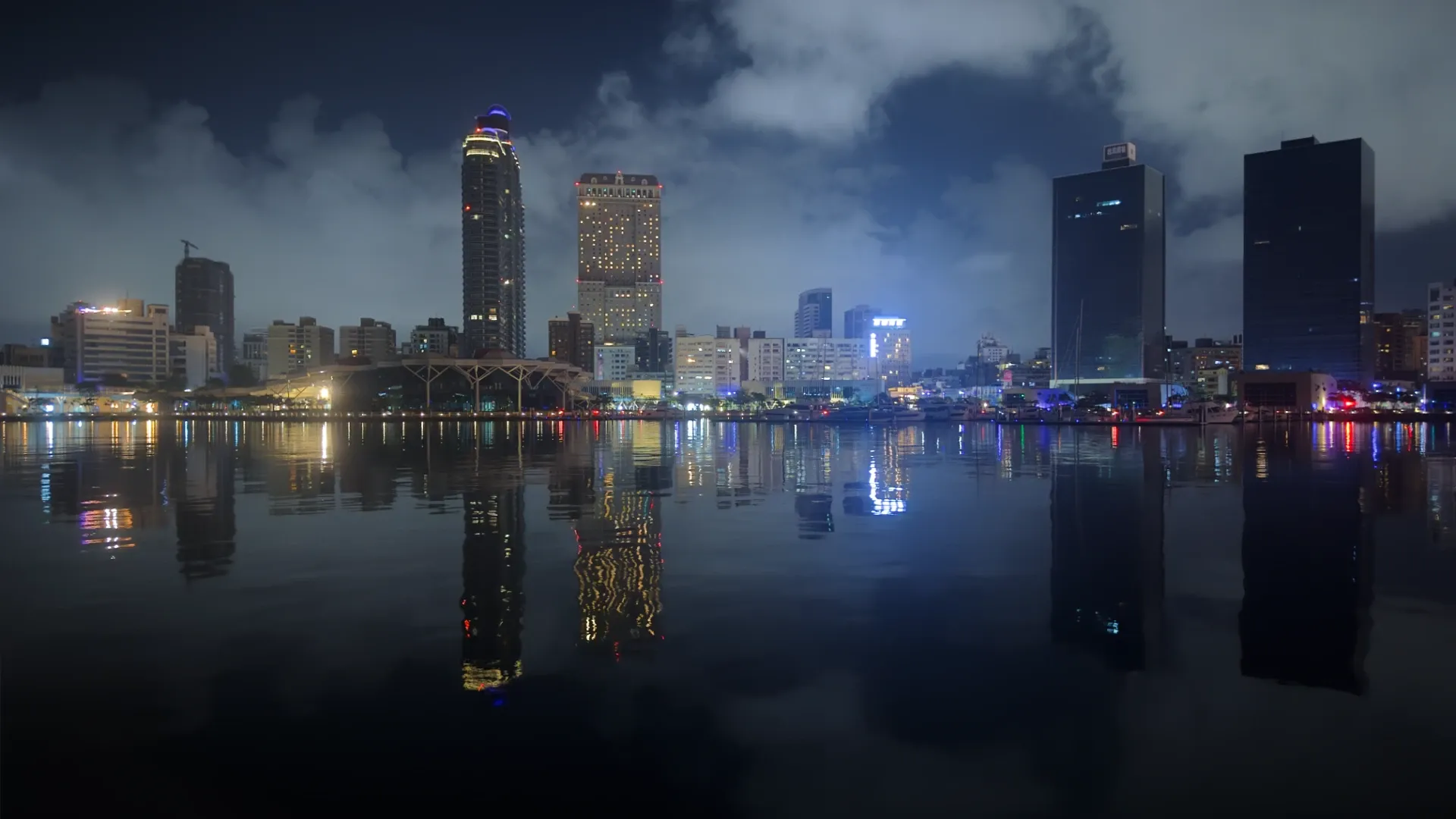
Comfortable: As my bullet train approached Kaohsiung, after a trip comprising 5 train rides, 7 flights, and 3,000km on the road, I opened the blind to look out at my city.
I unexpectedly felt emotions I don’t fully understand. But if I were to interrogate my feelings and make a guess, I’d say I was experiencing a mix of joy at returning home, joy at feeling at home, and at having my decision to move here fully affirmed.
I loved returning to New Zealand. But being there reminded me I’d made the right decision to, as I wrote in January 2023, shutter my business, sell my house, give away my possessions, and move to Taiwan.
Despite language and cultural complications, I feel more at ease and more myself here.
My partner commented that, if I’m 100% myself in Taiwan, I’m maybe 99% myself in New Zealand. I agree with that assessment.
Two days ago, at a busy food court in Kaohsiung, a parent and child were unintentionally blocking our path. Instead of asking them to move, I followed my partner as we backtracked to take the long way around. This kind of don’t-bother-other-people approach works for me. In New Zealand, it would be bizarre. We wouldn’t walk 50 meters out of our way just to avoid asking someone to move—but in Taiwan it’s the default technique.
I’ve been told that the most important thing in Taiwan is not inconveniencing other people. It’s a mindset some foreigners find oppressive, but I’m OK with it.
In Taiwan, I feel no social pressure, nor pressure to confirm, nor pressure to meet people’s expectations about who a New Zealander is. I identify primarily as a resident of Kaohsiung (高雄人); a foreigner second; and a New Zealander third.
If I’m 99% myself in New Zealand, I’m 99% comfortable there too.
But I’m 100% comfortable in Taiwan.
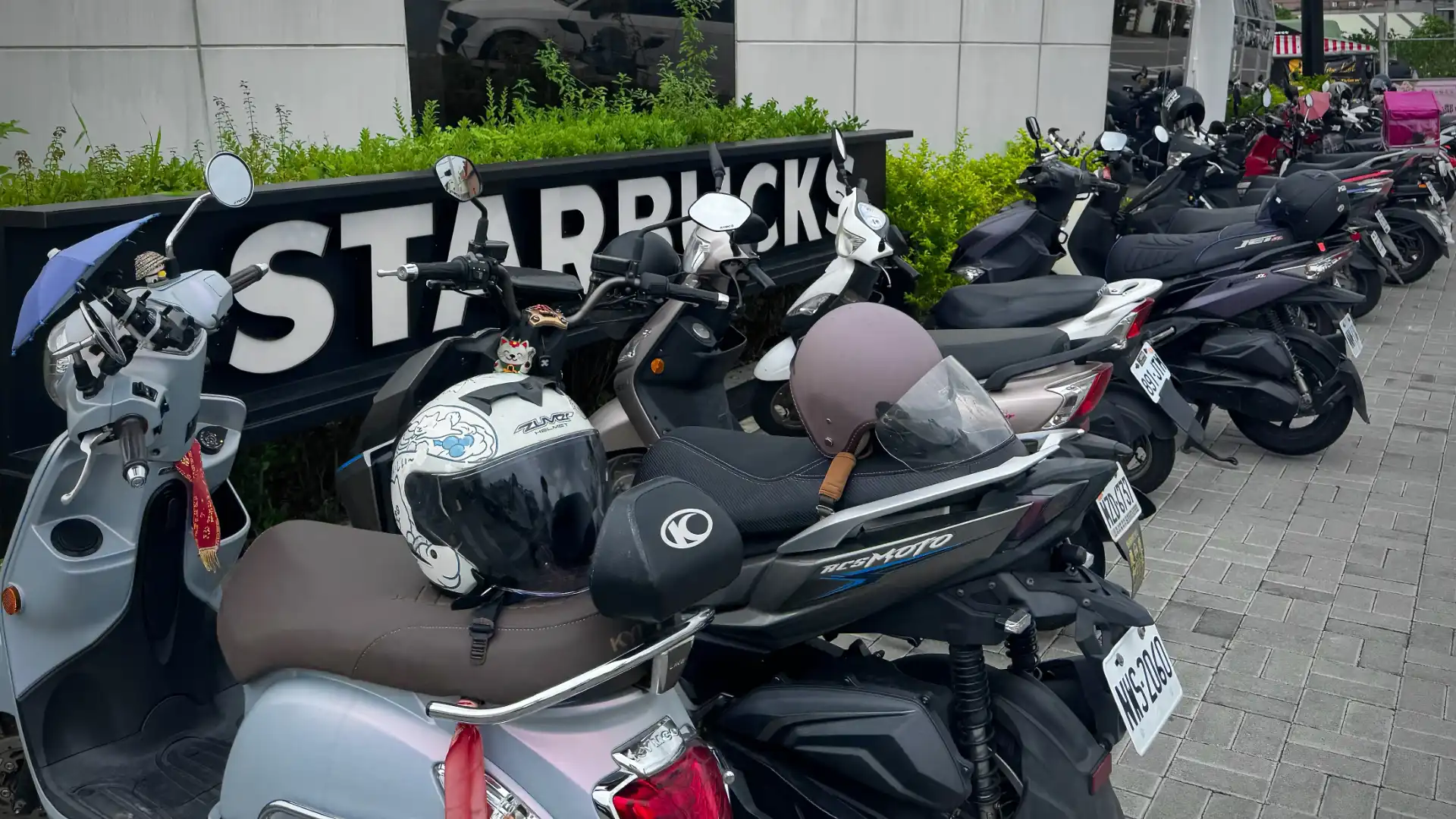
Convenient: There are five convenience stores within five minutes’ walk of my apartment, along with a hospital, dentist, police station, post office, night market, and a dozen tea shops. The supermarket’s a 10-minute walk away, but I can get groceries delivered for free within 30 minutes of ordering online, any time before 10pm.
I’m a seven-minute walk from the nearest light rail station, or 15 minutes from the MRT. Uber and taxis are cheap.
But most conveniently of all, I have a Taiwanese motorbike license.
Daily life in Taiwan becomes way more convenient the moment you get a scooter. Car parking’s a hassle and traffic’s intense, but on a scooter you can weave your way through the streets then park right outside your destination.
In Taipei, where it often rains, scooter travel is intermittently miserable. But here in Kaohsiung, where we enjoy months of dry weather at a time, scooters are the way to go.
For me, about the only thing that’s not convenient in Taiwan is the rareness of quality western-style food. But I made up for that during my trip to New Zealand. (I also returned to Taiwan with plenty of Whittaker’s and a kilogram of Marmite in my bag.)
So I’m good for now.
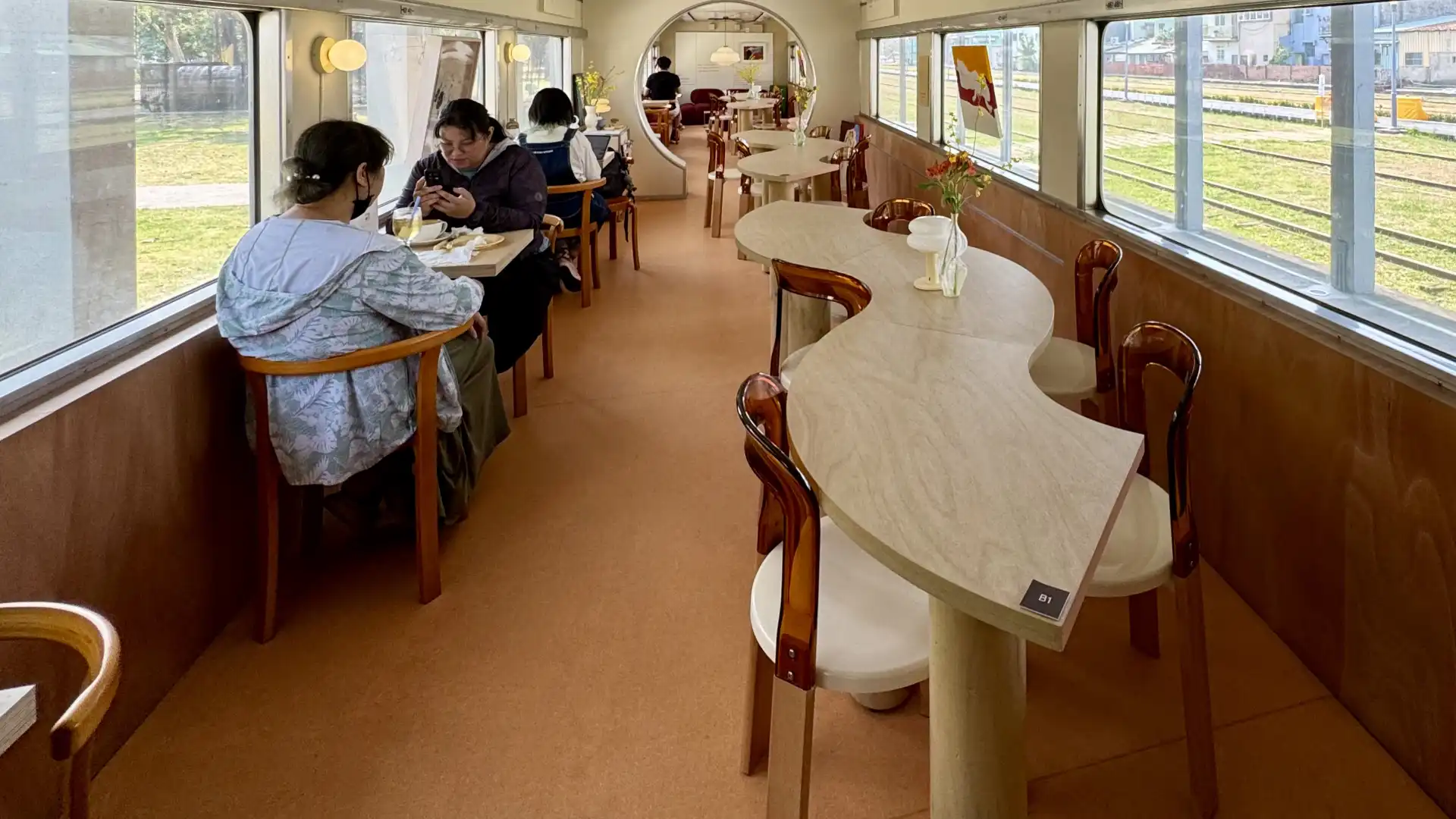
Safe: At cafes or food courts in Taiwan, it’s normal to reserve a seat by leaving your phone or wallet on the table.
In contrast, in New Zealand we needed to hide everything in our (locked) rental car every time we parked.
One night, we stopped at a convenience store and at the entrance said “Due to too many recent robberies, this door is now locked.” We had to stand outside and order through a security window by the cashier.
That scenario is unimaginable here.
But it wasn’t always so safe in Taiwan, which was ruled by a military dictatorship until 1987.
Over four decades, tens of thousands of people were killed by the government. Many more were imprisoned for dissent. Yet despite these events being relatively recent (earlier this year I met a man whose father was killed for his political beliefs), within a generation Taiwan has become one of the safest and most peaceful democracies in the world.
Crime obviously still exists, but it’s so rare that Taiwanese don’t think about it. Theft, assault, and even drunken slurs aren’t things we need to worry about.
We can walk alone, anywhere, at any time of night, and be at ease.
I’ve noticed that, despite previously living in a safe part of a relatively safe country, my baseline stress level has dropped several notches since moving to Taiwan.
Not worrying about personal safety is incredibly liberating.
I love it here.
One more thing…
While in Wellington for the wedding, I stopped by the Taipei Economic and Cultural Office (the de facto Taiwanese embassy). Big fan.
